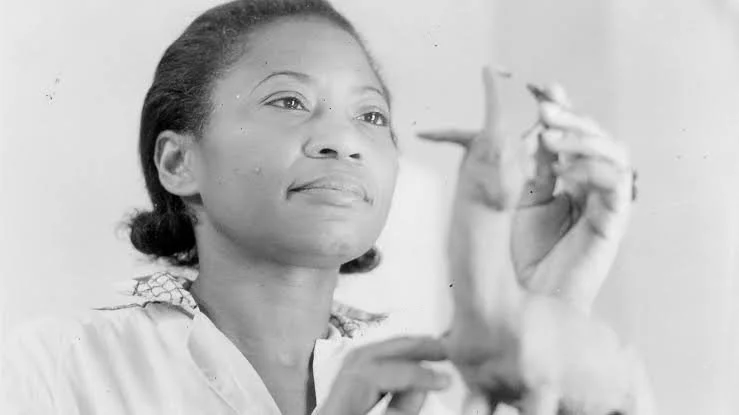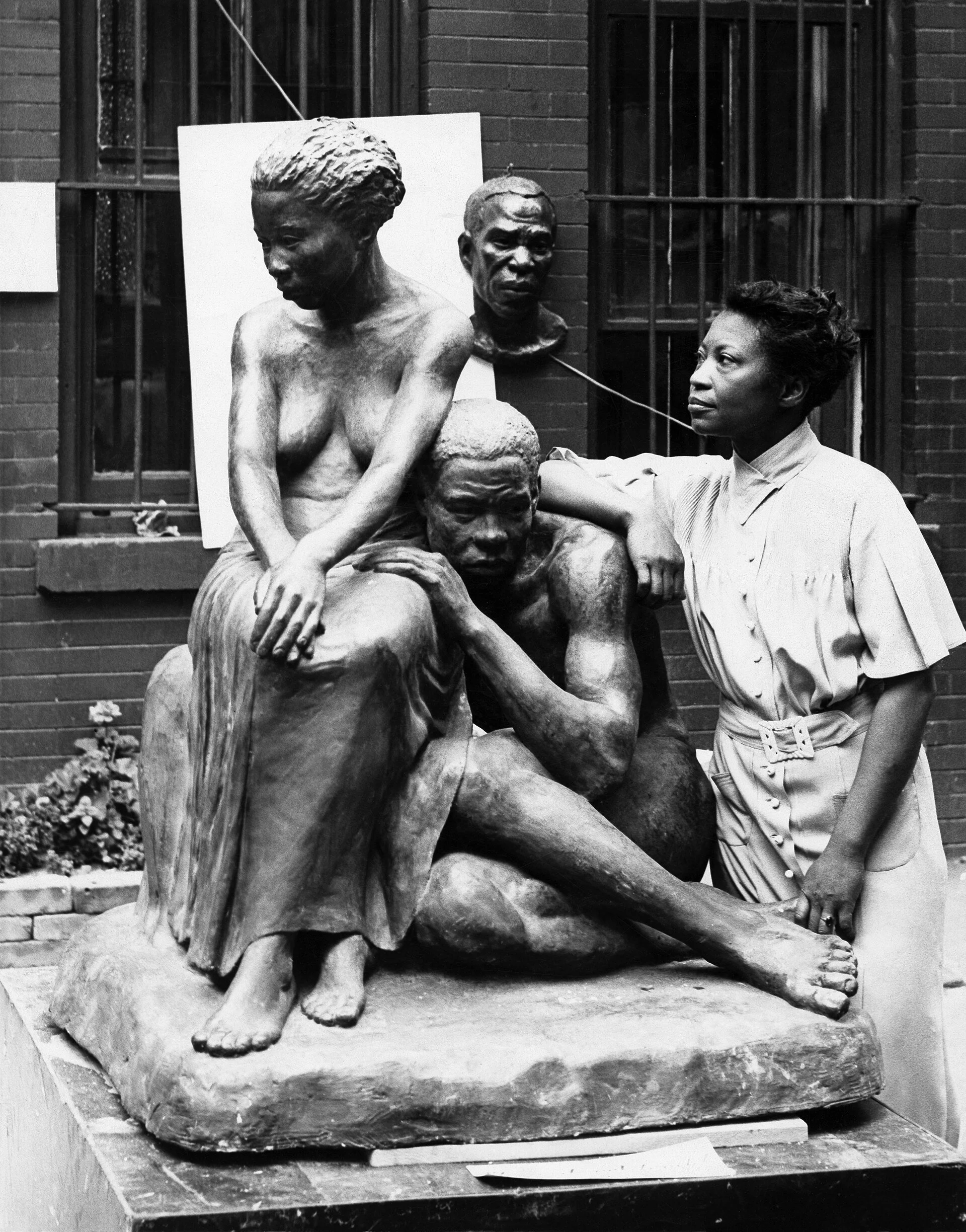Augusta Savage: Sculpting Dignity and Legacy in the Harlem Renaissance
The Harlem Renaissance produced many artists whose works defined an era, but few combined artistry with teaching and leadership as powerfully as Augusta Savage. A sculptor of remarkable skill and vision, she captured both likeness and spirit in her figures, while opening doors for the next generation of Black artists.
Early Life and Training
Born in 1892 in Green Cove Springs, Florida, Savage’s love of sculpting began in childhood, when she molded small figures out of the local clay. Despite facing obstacles, including her father’s disapproval and the lack of opportunities for Black women in the arts, she persisted in developing her craft.
She moved to New York City in 1921 and studied at Cooper Union, where her talent was quickly recognized. Savage excelled in modeling the human form, creating sculptures that conveyed a sense of dignity, pride, and individuality.
Artistic Work
Savage’s sculpture is celebrated for its elegance, realism, and emotional resonance. She worked primarily in plaster and bronze, producing busts and figures that emphasized strength and beauty. Among her most notable works are:
“Gamin” (1929): A sensitive bust of a young boy, widely admired for its naturalism and warmth.
“Lift Every Voice and Sing” (1939): A monumental work created for the New York World’s Fair, inspired by the hymn often called the Black national anthem. Though the original was destroyed after the fair, photographs preserve its powerful presence.
Her art consistently centered on everyday subjects, portraying sitters with a sense of individuality and pride that countered the stereotypes of her time.
Teacher and Mentor
Beyond her own work, Augusta Savage left an enormous legacy as a teacher. She founded the Savage Studio of Arts and Crafts in Harlem and later became the first director of the Harlem Community Art Center. These institutions nurtured hundreds of students, many of whom went on to have significant careers — including artists like Jacob Lawrence and Gwendolyn Knight.
Her dedication to teaching showed that art was not only a personal pursuit but also a communal resource, capable of shaping culture for generations.
Legacy
Augusta Savage is remembered as both a brilliant sculptor and a tireless advocate for the importance of art in everyday life. Her work reflects an aesthetic of naturalism and dignity, while her teaching ensured that the spirit of the Harlem Renaissance continued through countless other voices.
Her story reminds us that art is not only what we make but also what we pass on. Savage’s sculptures, and the generations of artists she influenced, remain a testament to her vision and her place in the history of American art.
Augusta Savage with her sculpture Realization, 1938
Augusta Savage, Gwendolyn Knight, 1934–35; recast 2001; Bronze; Walter O. Evans Collection of African American Art & Augusta Savage, Gamin, ca. 1930; Plaster; Museum



